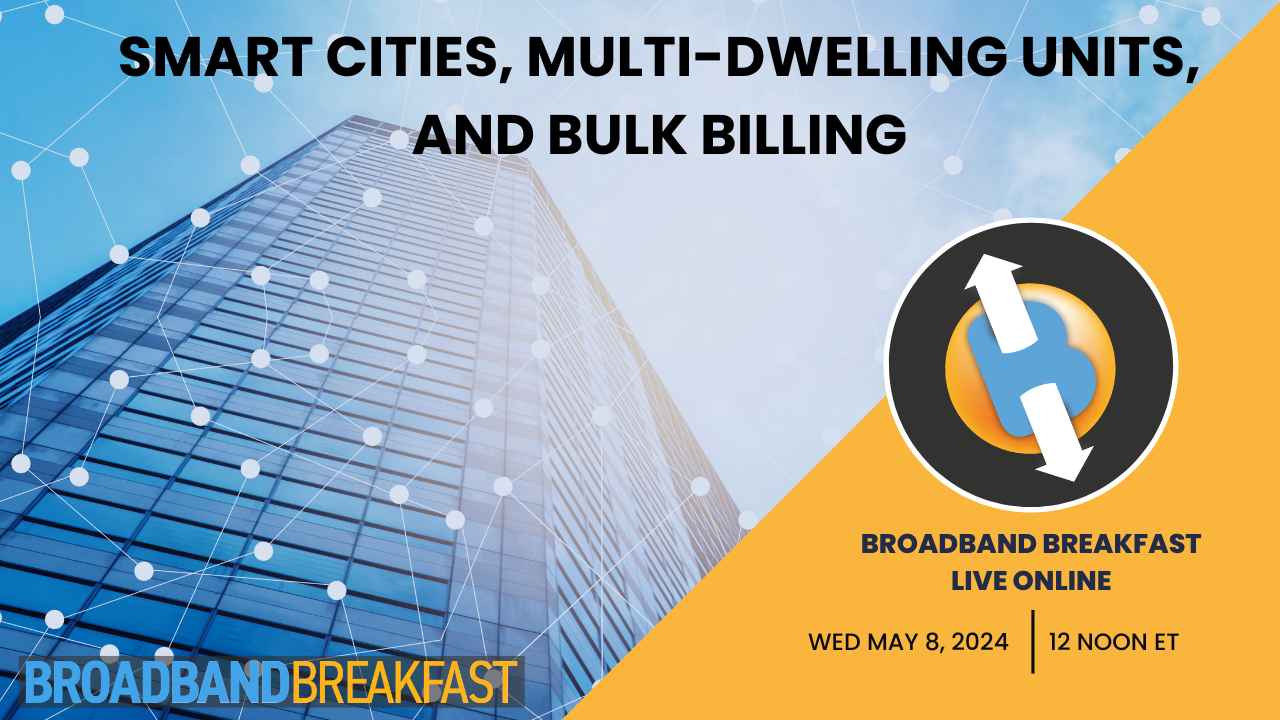Ethernet protocols serve a crucial function in enhancing internet access, particularly in multi-dwelling buildings (MDUs) like flat complexes and condominiums. These specifications define how data is communicated over networks, guaranteeing that equipment can interact effectively. As an increasing number of people depend on the internet for employment, education, and entertainment, having a dependable and high-speed connection in MDUs has grown progressively important. By understanding networking protocols, building managers and tenants can make informed decisions about their web provisions, leading to improved connectivity for all.
One of the primary Ethernet specifications is IEEE 802.3, which outlines the requirements for cabled Ethernet connections. This specification has developed over the years, introducing faster speeds and improved performance. For example, the initial Ethernet specification provided speeds of 10 megabits per sec, while more recent iterations, such as Gigabit Ethernet, can provide speeds of up to 1,000 megabits per second. In MDUs, where numerous residents share the same web link, having a high-speed Ethernet network can greatly enhance the overall user experience. Faster speeds mean quicker downloads, more seamless broadcasting, and greater visual calls, which are essential for off-site employment and virtual learning.
Another significant aspect of Ethernet protocols is the use of structured cabling systems. These systems arrange and manage the system cables that connect equipment within a building. By adhering to the guidelines set by Ethernet standards, MDUs can guarantee that their cabling is efficient and efficient. This structure helps reduce signal interference and improves data transfer standards. Additionally, structured cabling enables for simpler improvements and maintenance, making it simpler for building administrators to adjust to changing technology needs. As web utilization continues to grow, having a well-structured wiring system becomes crucial for ensuring top-notch access.
Power over Ethernet (PoE) is another significant advancement in Ethernet tech that aids MDUs. PoE allows network cables to carry power electricity along with information, removing the requirement for individual power sources for devices like security monitors, Wi-Fi connectivity nodes, and VoIP devices. This capability simplifies installation and reduces clutter, making it simpler to establish additional reading a complete system in multi-dwelling units. By utilizing PoE, property managers can improve safety and improve internet access throughout the complex without the extra cost of extra power work.

In summary, Ethernet standards have a significant impact on web access in multi-unit buildings. By offering faster speeds, structured wiring, and advanced features like Power over Ethernet, these protocols help establish a dependable and effective network for residents. As tech persists to advance, staying informed about Ethernet standards will be crucial for building managers and residents alike. By putting resources in the appropriate infrastructure, MDUs can guarantee that all tenants enjoy a seamless web experience, making their residences more connected and convenient.
Comments on “Investigating the Effect of Ethernet Protocols on Enhancing Internet Access in Multi-Dwelling Residences”